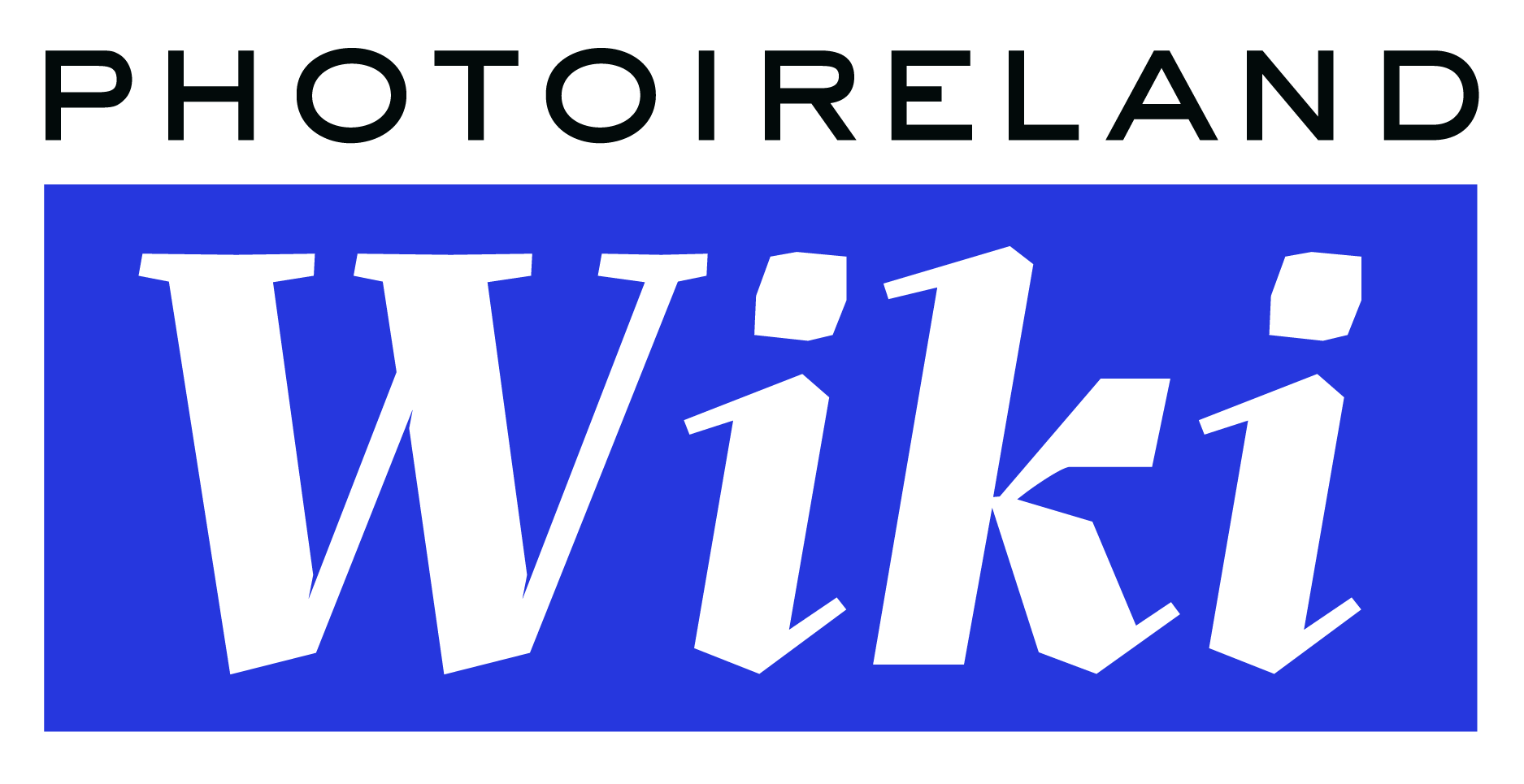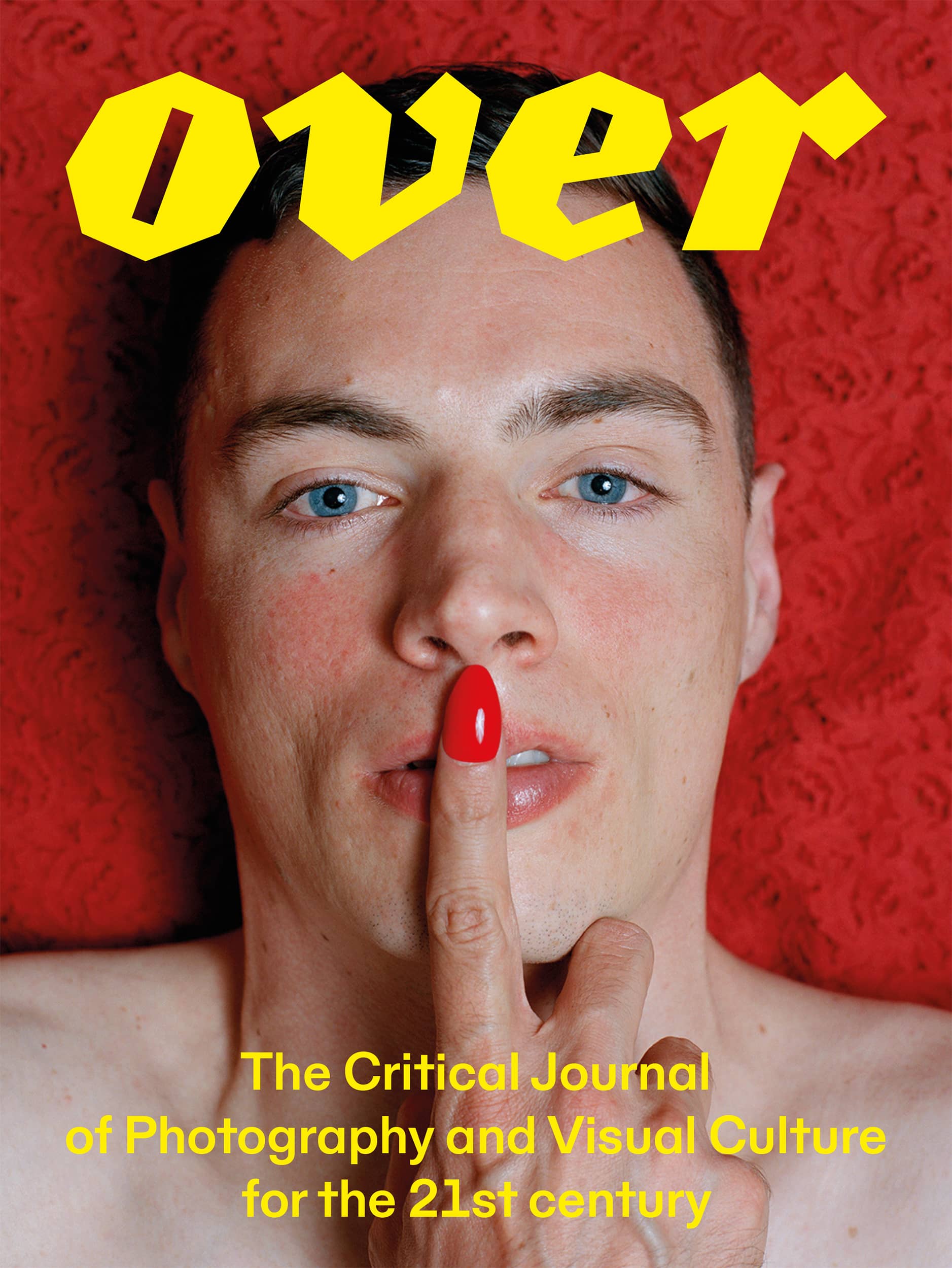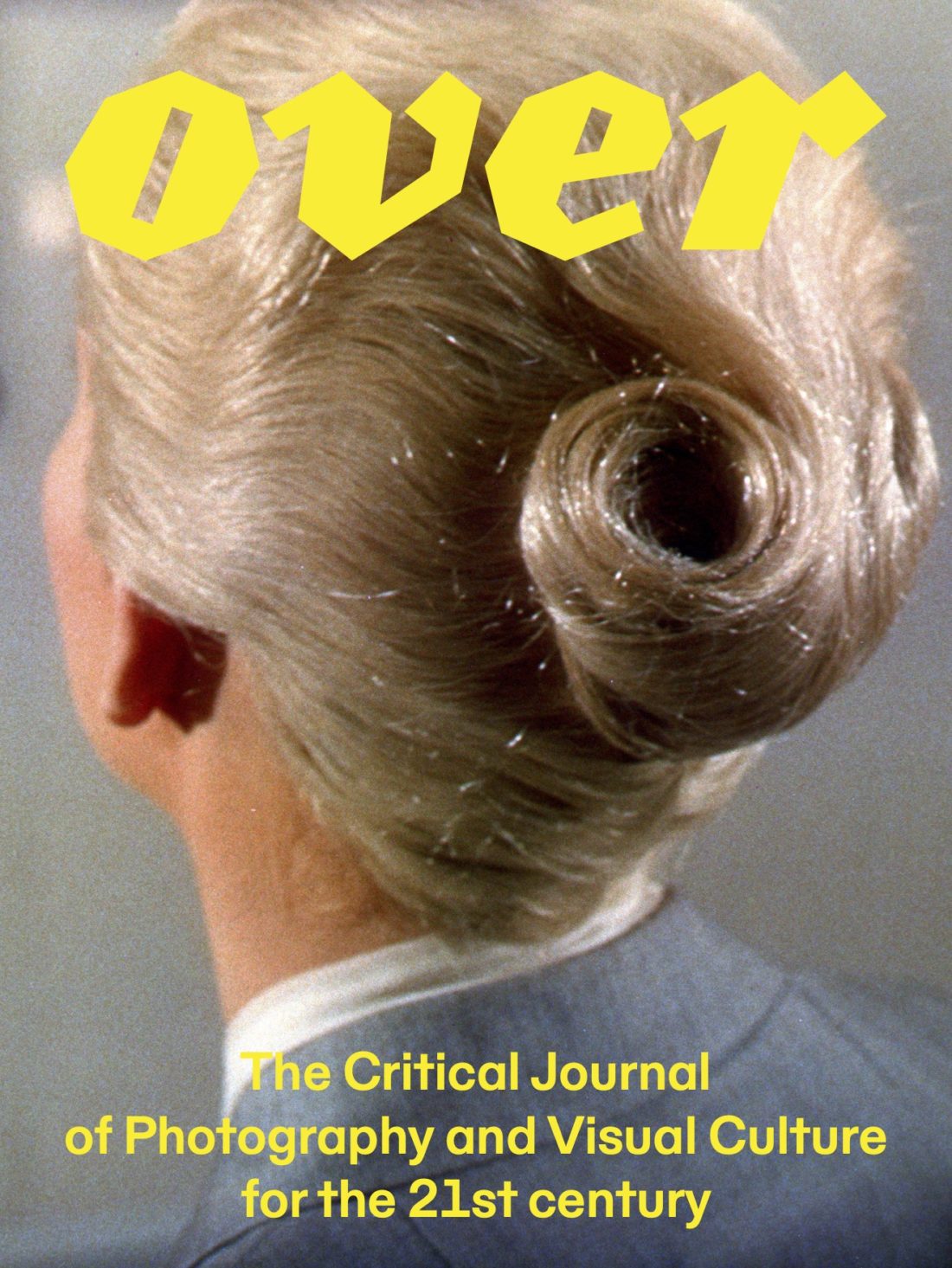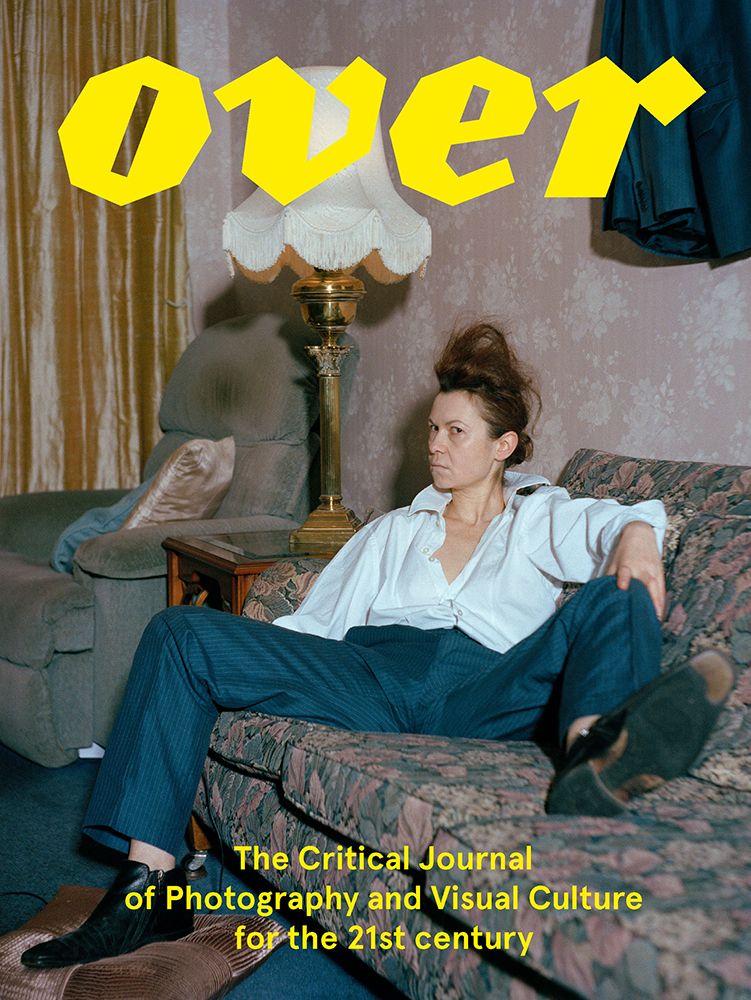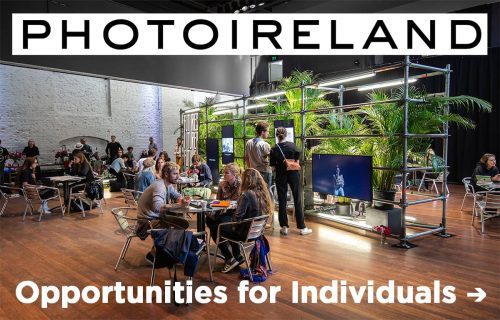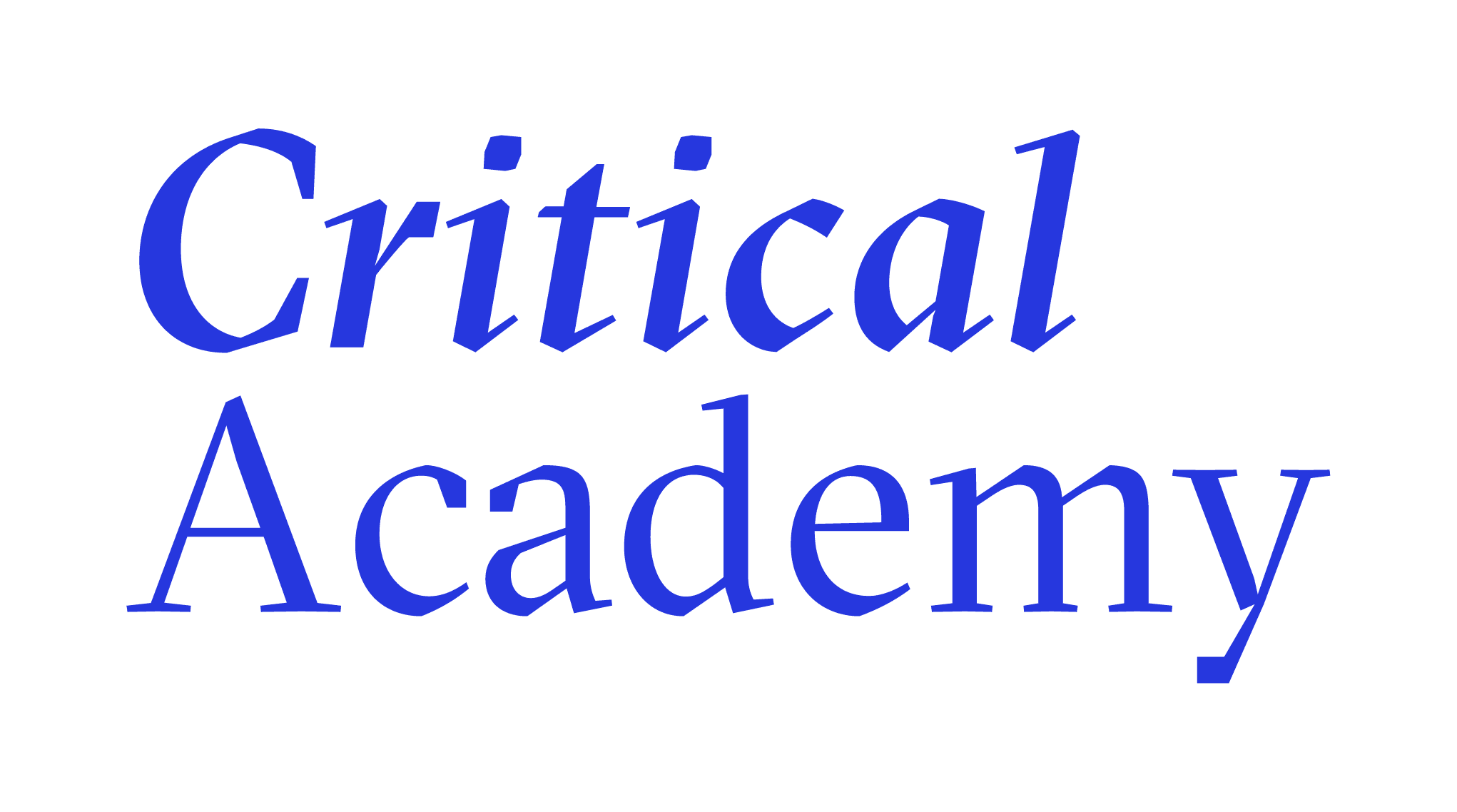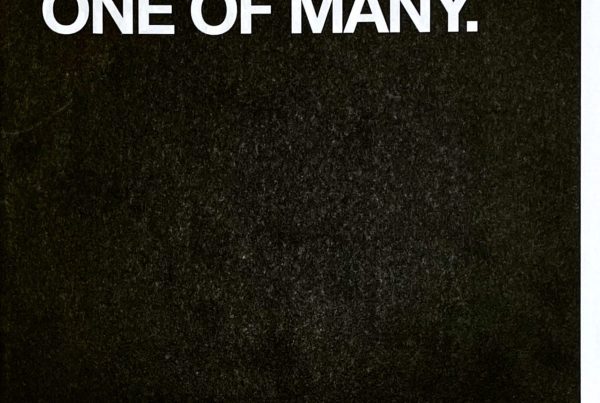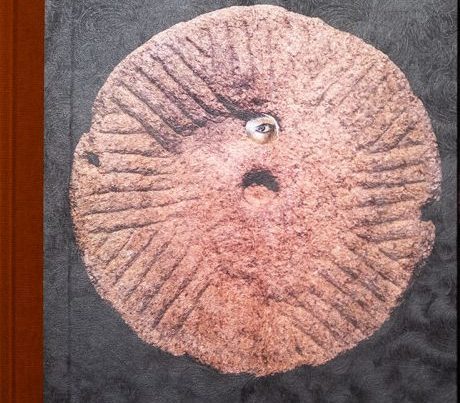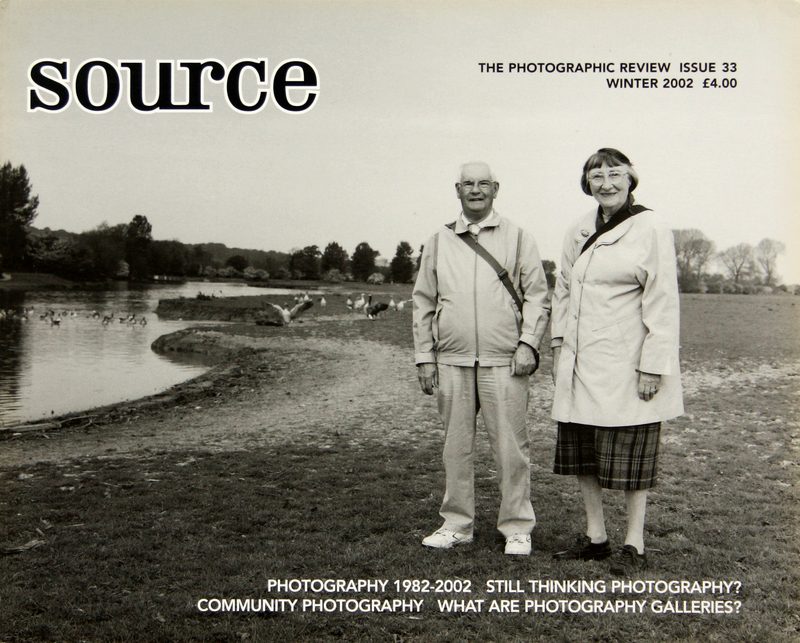

Winter 2002
Source
Winter 2002: Issue 33
English
Edited by John Duncan and Richard West.
Softcover
42 pages
260 x 205 mm
2002
ISSN 13692224
It’s 20 years since the publication of Thinking Photography. Reflecting on this anniversary it becomes apparent that the terrain for photography today is very different to that of 1982. It takes time to discover a perspective on past debates but superficially the late 70s and early 80s appear more argumentative and radical than 2002. Photography theory, the subject of much argument in the 80s, is now the staple bibliography for photography students on courses across Britain and Ireland. The representation of ‘community’ through photography was a form of radical politics rather than local government policy. So what exactly happened to these arguments that they have now been assimilated?
Liz Wells surveys the various transformations that have taken place in theoretical discussion about photography since the early 80s and concludes that photography has always escaped the grasp of theory. David Evans reassesses Thinking Photography, in particular in relation to the book’s indebtedness to Brecht. Evans points out that it is still unclear how the book contributed to the politics of the 1980s.
Shirley Read writing about the advent of community photography in London describes the evolution of the community arts ethos and the many competing ideas that contributed to its development. Along with Pete James, surveying the same period in Birmingham, she concludes that community photography was ahead of its time and influenced many aspects of current arts policy. Pete James however also asks if community photographic practice was really politically effective and says that the time is now right to reassess this period. Belfast Exposed, in contrast with most of the other community organisations discussed, is still operating and may still benefit from the lessons learnt from the example of its predecessors. Martin Bruhns charts the particular circumstances that have influenced its evolution and concludes that it is in an ideal position to discover a new role for itself.
Paul Wombell has more than 20 years of experience of directing that other key photographic institution, the gallery. Having worked both at Impressions in York and The Photographer’s Gallery in London he is ideally positioned to evaluate the photography gallery’s continued relevance and its recent turbulent development. Tanya Kiang has the same job in Dublin where she is attempting to generate an active photography culture around the gallery. Both directors highlight similar problems with perception, funding and the size of their respective spaces.
A strong theme in photography over the last 20 years has been the representation of cultural identity. Roma Tearne and Ida Lykken Ghosh have both experienced moving from one country to another and the subsequent feelings of dislocation. Tearne photographs the interior of the doll’s house that she brought with her from Sri Lanka uncovering the traces of her childhood re-decorations as she tried to adapt to living in Britain. Ghosh documents all the places she has ever lived to date in Britain and Norway and contrasts them with family photographs of herself in each place. Finally Adrain Arbib has produced a set of portraits of visitors to Port Meadow in Oxford. He has found solace in contemplating this ancient common land near his home.
About the Publisher
Source is a quarterly photography magazine, available in print and as a digital edition, published in Belfast, Northern Ireland. They publish emerging photographic work and engage with the latest in contemporary photography through news, thoughtful features and reviews of the latest exhibitions and books from Ireland and the UK. Their website brings together an archive of writing and pictures from the magazine alongside current features.1
